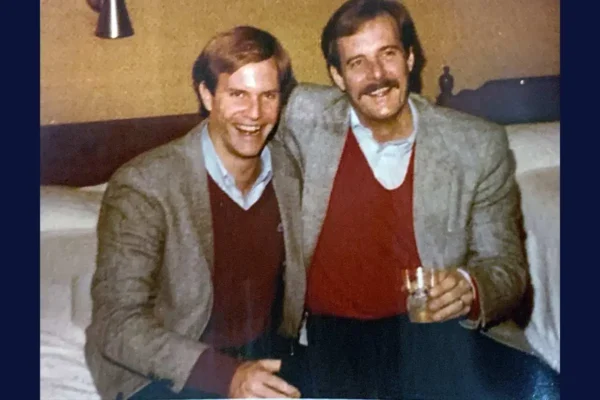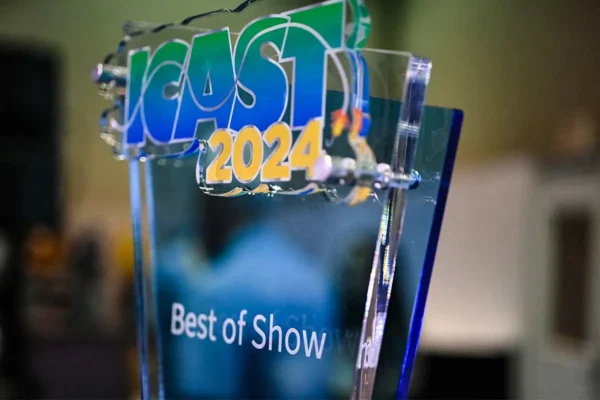 Editor’s Note: Inside this issue, Exhibit City News will publishing part two of its three-part series on the Installation and Dismantle segment of the tradeshow industry. I&D has gone through tremendous changes over the past few decades, even more than the face-to-face industry as a whole. With hundreds of millions of dollars being spent yearly, it is important to know…Who’s On Your Crew? The below article is a preview of this special section.
Editor’s Note: Inside this issue, Exhibit City News will publishing part two of its three-part series on the Installation and Dismantle segment of the tradeshow industry. I&D has gone through tremendous changes over the past few decades, even more than the face-to-face industry as a whole. With hundreds of millions of dollars being spent yearly, it is important to know…Who’s On Your Crew? The below article is a preview of this special section.
In the first part of this series where we traced the history of the tradeshow labor industry and the pivotal appearance of the company I&D, we noted that the labor segment was ripe for growth and innovation. The 1980s saw a few companies modeling business on what I&D had started, while exhibit houses began to explore the idea of creating their own in-house labor forces, such as Giltspur’s ExpoServices. There was the recession of 1987, but because the labor movement was young, the impact was not so acutely felt in the tradeshow industry as it was elsewhere.
The 90s ushered in a new wave of prosperity. Communities were floating bonds to build new convention centers, and existing convention centers announced expansion plans. The proliferation of new business opportunities gave everyone involved in tradeshows a sense of well-being and belief in the future of an industry that was thriving. From consumer shows like the auto and boat shows, to business-to-business shows, the enthusiasm was unmistakable.
In the early years of the new millennium, there were signs that the dotcoms were imploding, that the venture capital was drying up and that the new companies weren’t delivering as promised. There were some grumblings about the decrease in tech shows; Internet World said goodbye, and some of the other shows, like Interop and Networld, merged. Still others noted a decline in attendance.
Then on a sunny September morning in 2001, while large numbers of people were in Atlanta for Networld-Interop, the unthinkable happened. The United States was attacked. Suicide pilots flew into the World Trade Center’s twin towers and also hit the Pentagon. The shock was felt around the world. The people in Atlanta, where exhibitors and attendees alike heard the news, were desperate to get home to their families.
By 2002, the industry was in trouble.
Exhibit houses, labor companies, and corporate exhibitors were reeling from the impact of 9/11. Middle managers, the group that has historically been most involved in exhibiting, were losing their jobs. Attendance at TS2 and EXHIBITOR both declined approximately 25 percent, and although EXHIBITOR climbed back up, the TS2 decline continued until the show disappeared. “Co-location” became the polite way of saying that two shows were coming together because individually, their attendance figures showed a decline.
Just as the tradeshow industry began to recover, the U.S. was hit with the banking crisis that exploded in September 2008, once more shaking the underpinnings of the recovering economy.
Today, as the economy is making a slow comeback, the tradeshow industry is still feeling the aftershock.
And as more of the business world relies on electronic communication to reach out to customers and prospects; as more people sit down together in restaurants and rather than talk to each other, they each reach for their phones; as more resumes don’t count as much as social media profiles; the more face-to-face marketing becomes the last bastion of meeting and connecting people.
The people in the I&D industry are key to making this happen. Without them, the connections simply won’t occur. This segment of the industry has changed dramatically, and throughout this particular issue, we hope to explore some of those changes.





























